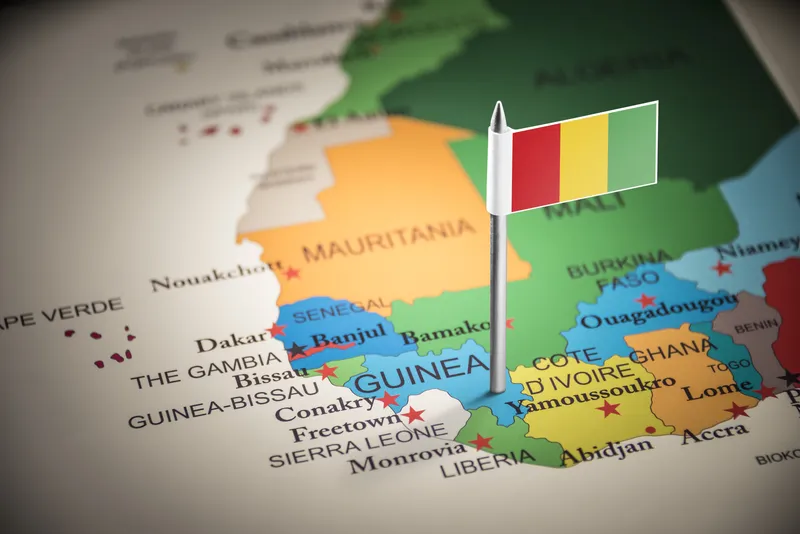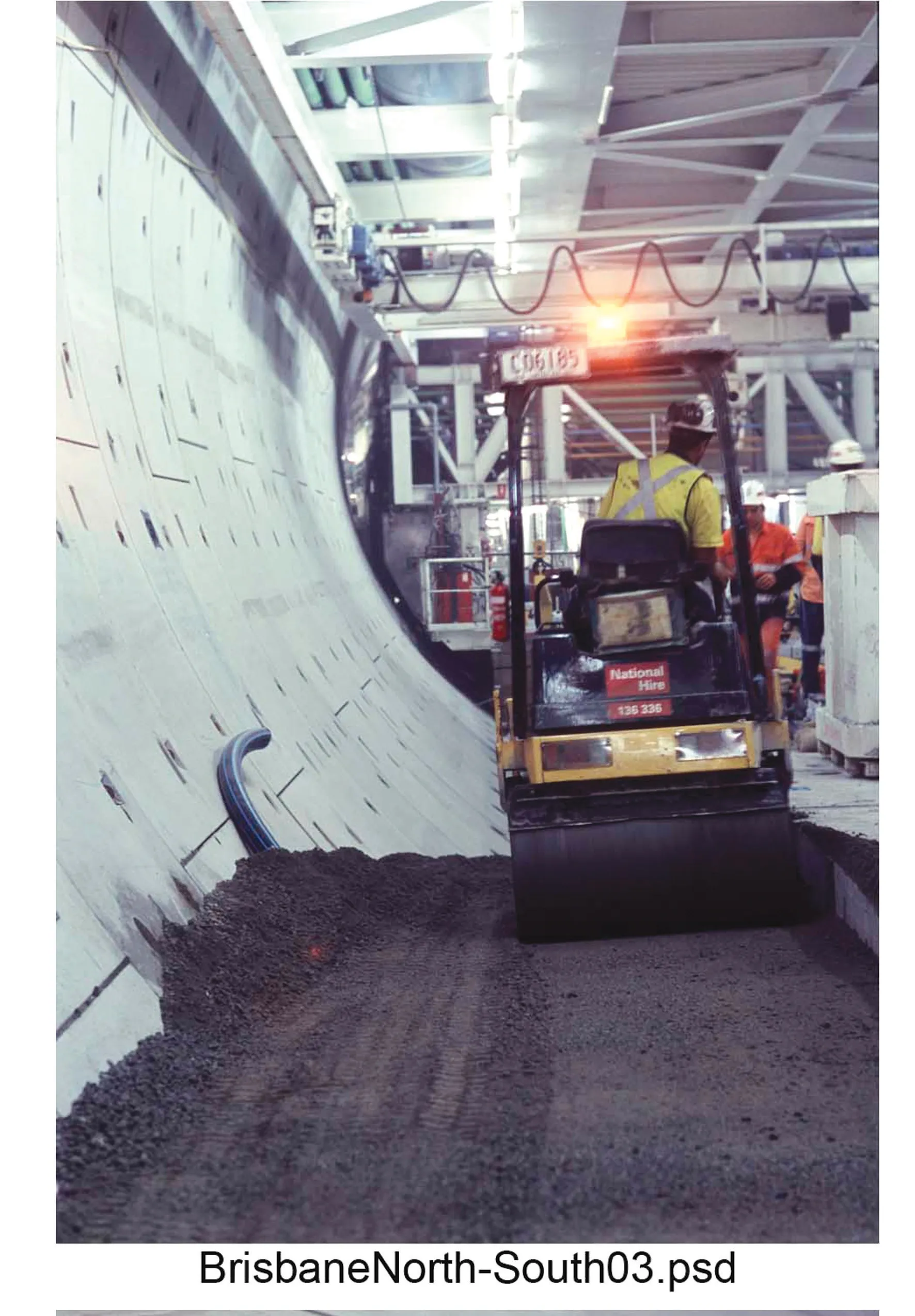A key route in Sri Lanka is to see a major upgrade programme following provision of a US$100 million loan by the World Bank (WB).
February 29, 2012
Read time: 1 min
A key route in Sri Lanka is to see a major upgrade programme following provision of a US$100 million loan by the 2332 World Bank (WB). The 134km road runs across the island nation from a key road junction in the west to the town of Trincomalee in the east. The project is being split into sections, which will be carried out in stages. The loan is being provided by the lending unit of the WB, the International Development Association. And the deal will have a 20 year repayment period and a grace period of ten years. Sri Lanka's Government will allocate $10 million of the loan for road maintenance. This section of the project is due for completion in August 2012, while the second phase of the work is expected to start at the end of 2012.







